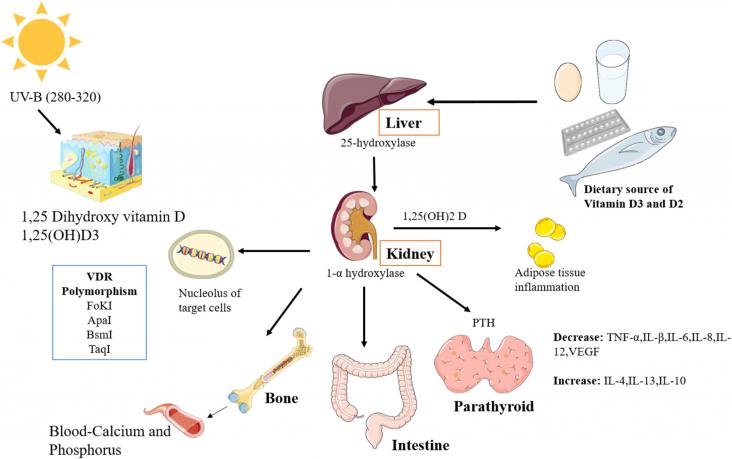This Article supports Sustainable Development Goal 3 by developing a deep learning algorithm for the detection of Alzheimer's using retinal photographs, with the potential for use in community screening.
This article ties to SDG 3. In this article, a system innovation perspective was used to examine the factors influencing the potential for scaling up a task-sharing psychological intervention for refugees called ‘Problem Management Plus’ (PM+) in the Netherlands.
This article ties to SDG 3. This article investigated whether wartime stress exposures occurring during adolescence and early adulthood affect weathering in late adulthood via linear regression with data from the Vietnamese Health and Aging Study (VHAS).
This article ties to SDG 3. This article addresses gaps in available measurement methodologies in child protection interventions, and pilots a methodology to assess a package of key child protection interventions in a single, holistic and integrated approach.

The study shows that, despite most of the professional groups’ high level of knowledge about the study object and their high awareness of the importance of the vaccine as a preventive tool, the role of the healthcare workers as transmitters of infection is less recognised as a reason for vaccination.
Background: Inequalities undermine efforts to end AIDS by 2030.

According to the World Health Organization (WHO) report, viral hepatitis has been a problem in human society. Vitamins play a significant role in preventing the hepatocarcinoma and liver cirrhosis.
This article ties to SDG 3 & 4. The present study adapted and assessed the efficacy of a brief psychological group intervention, the STAR program: Strengths, Transitions, Adjustments and Resilience for university students who are Internally Displaced Persons (IDPs).The present study adapted and assessed the efficacy of a brief psychological group intervention, the STAR program: Strengths, Transitions, Adjustments and Resilience for university students who are Internally Displaced Persons (IDPs).
This Article supports SDG 3 by analysing the available data regarding HIV prevalence among international migrants compared with native-born people, finding that prevalence was higher among the former group (overall pooled prevalence ratio 1.70). Factors associated with higher prevalence were arriving from African countries, being an undocumented migrant, asylum seeker, or refugee, and being a pregnant woman. Targeted approaches to facilitate testing among these groups may be beneficial.
This article ties to SDG 3 & 4. This study tests whether intolerance of uncertainty changes with participation in improvisational theater class, and whether that change can explain changes in social anxiety.
